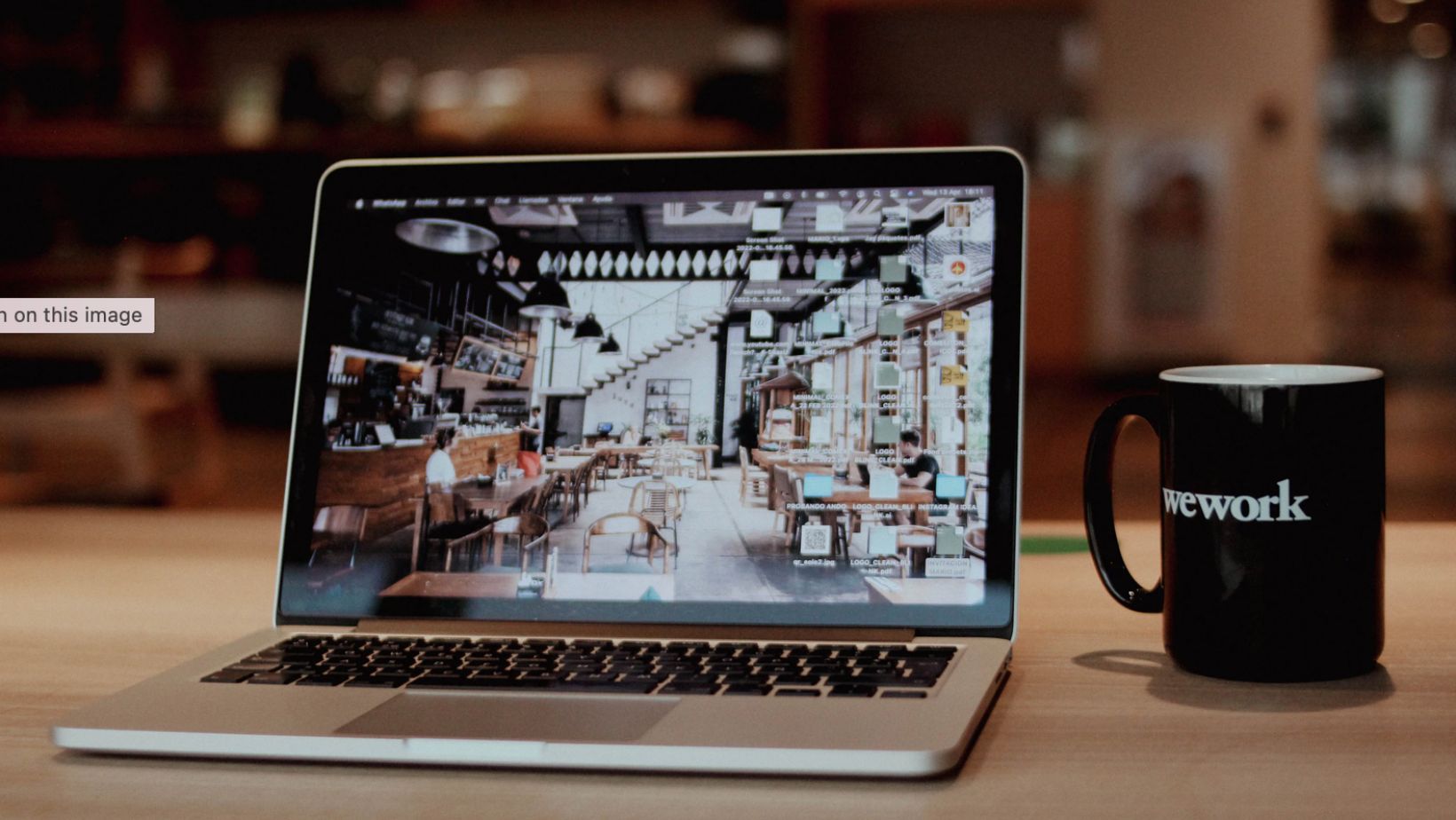 Remote work has become increasingly common, prompting individuals to evaluate the best tools for productivity. With the rise of tablets and laptops, many are left wondering which device truly enhances remote working capabilities. When it comes to functionality and versatility, laptops generally provide a superior experience for remote work, thanks to their larger screens and robust software support.
Remote work has become increasingly common, prompting individuals to evaluate the best tools for productivity. With the rise of tablets and laptops, many are left wondering which device truly enhances remote working capabilities. When it comes to functionality and versatility, laptops generally provide a superior experience for remote work, thanks to their larger screens and robust software support.
Tablets offer portability and convenience, making them an attractive option for those who prioritize mobility. They are lightweight and often have long battery life, which can be advantageous for quick tasks or casual use. However, they may fall short on more demanding applications or multitasking.
For more serious work involving extensive typing or complex software, laptops stand out as the better choice. With a wider range of available accessories and enhanced processing power, they facilitate a more efficient remote working environment.
- Exploring Device Preferences
- Comparative Analysis
- Connectivity Options
- Cost Considerations
- Conclusion
Table of Contents
ToggleExploring Device Preferences
When considering device preferences for remote working, both tablets and laptops have unique advantages.
Tablets are often lightweight and highly portable. They are ideal for those who prioritize mobility and ease of use in casual settings. With touchscreens, they offer intuitive functionality for quick tasks.
Laptops, in contrast, provide a full keyboard and more powerful processing capabilities. They excel in performing complex tasks, such as coding or graphic design. This makes them suitable for professionals requiring advanced software.
A comparison of key features may help illustrate these differences:
| Feature | Tablets | Laptops |
| Portability | High | Moderate to Low |
| Battery Life | Longer in standby | Moderate |
| Performance | Limited | High |
| Input Method | Touchscreen | Keyboard and Mouse |
| Software Compatibility | Limited | Extensive |
Users may also consider workflow. If frequent multitasking is essential, laptops may be better suited due to larger screens and multitasking capabilities. In contrast, if quick access to apps and content sharing is needed, tablets may suffice.
Ultimately, preferences for remote working devices depend on individual needs and working styles. Evaluating the tasks performed can guide the decision in selecting between tablets and laptops.
Comparative Analysis
When considering tablets versus laptops for remote working, key factors include performance, portability, and usability.
Performance:
| Device | Pros | Cons |
| Tablets | Lightweight and portable | Limited processing power |
| Laptops | More powerful hardware options | Heavier and less portable |
Portability:
- Tablets: Easy to carry, often fitting in a bag or even a large pocket. Great for on-the-go tasks.
- Laptops: Bulkier and require more space. Not as convenient for quick tasks outside the home or office.
Usability:
- Tablets: Touchscreen interfaces make them intuitive for casual use, especially for browsing or reading.
- Laptops: Typically offer full keyboards and larger screens. Better for extensive typing or complex applications.
Battery Life:
- Tablets: Often have longer battery life, suitable for extended use away from outlets.
- Laptops: Varies widely; some offer solid battery performance while others may require frequent charging.
This comparative analysis highlights important considerations for remote workers choosing between tablets and laptops.

Each device serves different needs, making personal preferences essential in the decision-making process.
Connectivity Options
Connectivity is crucial for remote working. Both tablets and laptops offer various options for staying connected.
Laptops typically include:
- Ethernet ports for wired connections.
- Wi-Fi capabilities, often supporting newer standards like Wi-Fi 6 for faster speeds.
- Bluetooth for connecting to peripherals such as headphones and mice.
Tablets, while often lacking Ethernet ports, provide:
- Wi-Fi for internet access in most models.
- Cellular options in some tablets for mobile data connectivity.
- Bluetooth for various accessories, enhancing functionality.
When considering connectivity:
- Laptops generally offer more flexibility with additional ports and connections.
- Tablets may prioritize portability and ease of use but could limit options for direct connections.
A comparison table highlights key differences:
| Feature | Laptops | Tablets |
| Ethernet Port | Yes | No |
| Wi-Fi Support | Yes (varies by model) | Yes |
| Cellular Option | No | Yes (in select models) |
| Bluetooth | Yes | Yes |
Ultimately, the choice depends on specific remote working needs and preferences. Users should consider their connectivity requirements before making a decision.
Cost Considerations
When comparing tablets and laptops for remote work, cost is a significant factor. Both devices have a range of prices, depending on specifications and brand.
Table: Price Range for Tablets and Laptops
| Device Type | Price Range |
| Tablets | $100 – $1,500 |
| Laptops | $300 – $3,000 |
Tablets generally have a lower entry price, making them attractive for budget-conscious users. However, high-end models can match or exceed the cost of budget laptops.
Additional costs may arise from accessories. Tablets often require external keyboards for efficient typing, leading to extra expenses. In contrast, many laptops come with built-in keyboards and trackpads.
Factors to Consider:
- Initial Cost: Tablets can be cheaper initially.
- Accessories: Tablets may need additional purchases.
- Longevity: Laptops often offer longer usage before needing replacement.
Second-hand and refurbished laptops and tablets offer a cost-effective solution for consumers looking to acquire quality technology without breaking the bank. Many refurbished products undergo rigorous testing and certification processes, ensuring they function like new while often including warranties for added peace of mind. Additionally, purchasing second-hand electronics contributes to sustainability by reducing electronic waste and promoting a circular economy. This makes them an attractive option for budget-conscious shoppers and environmentally aware consumers alike.
While some tablets can perform basic tasks effectively, laptops tend to provide better performance for demanding applications. This can impact long-term costs if users need to replace lower-performing devices sooner.

Users should assess their specific needs against their budget before making a choice. The balance between functionality and upfront cost plays a crucial role in this decision.
Conclusion
Choosing between tablets and laptops for remote work depends on individual needs and preferences. Each device has its advantages.
Tablets offer:
- Portability and lightweight design
- Longer battery life
- Touchscreen functionality
Laptops provide:
- More powerful hardware
- Enhanced productivity with typing comfort
- Comprehensive software compatibility
The decision should consider factors like the type of tasks performed, frequency of travel, and comfort with software.
For those who prioritize mobility, a tablet might be ideal. In contrast, those requiring more processing power and extensive software tools may prefer a laptop.